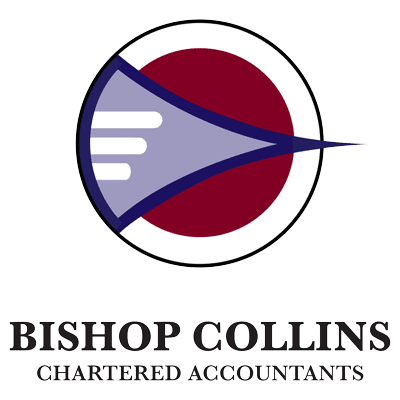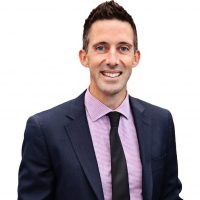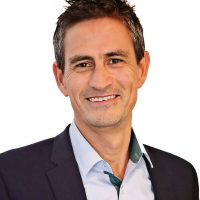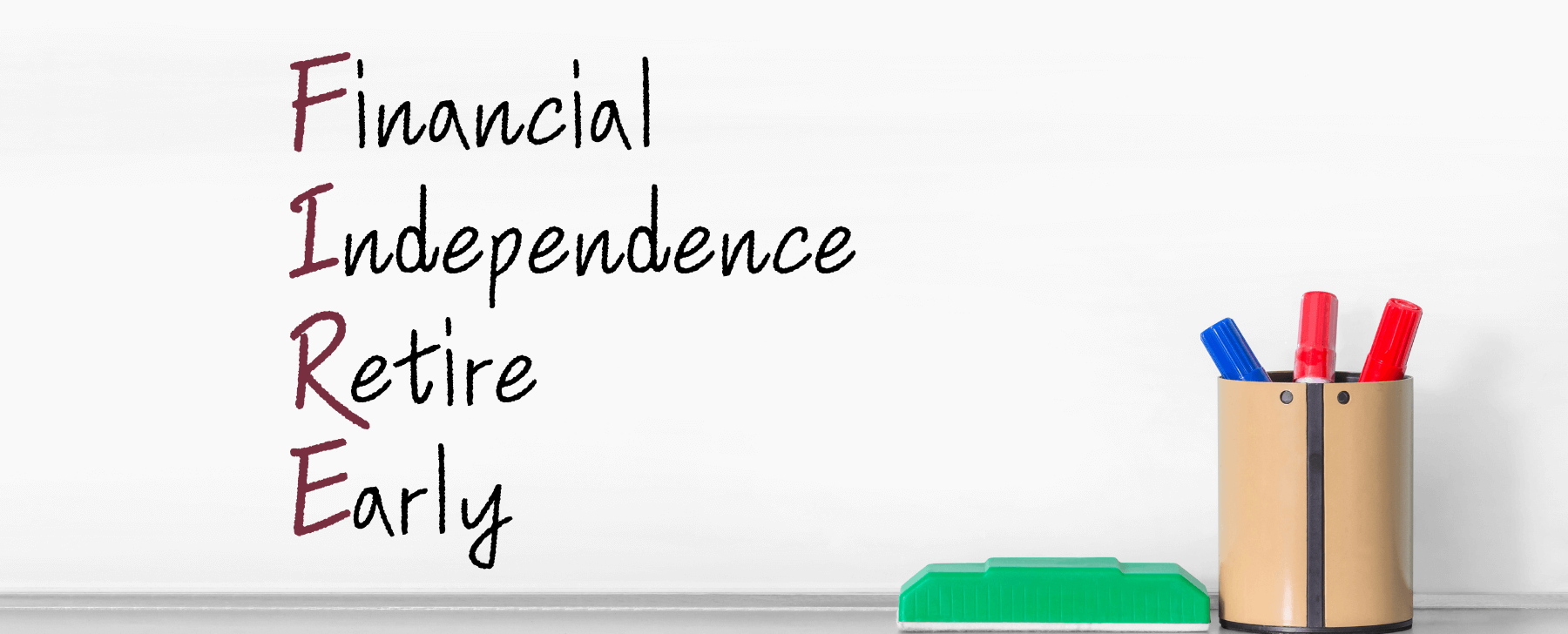The FIRE movement is gathering more and more traction in Australia off the back of increased momentum in the United States. It’s likely that the concept has existed for many years but most credit the acronym to a book written by Vicki Robyn and Joe Dominguez in 1992 called Your Money or Your Life.
I suspect that many people have either not heard about it, or if they have, they’ve struggled to find time to prioritise learning more about it. If you fall into either of these groups, you should keep reading.
Let’s start with the simple question, what does FIRE stand for?
FIRE = Financial Independence Retire Early
I’m sure everyone understands what Retire Early means and is equally excited by the prospect of having the freedom to retire before their body or their mind (or both) give up. As for Financial Independence, a simple definition would be having enough money to pay for your basic needs and comforts without the need to work. Note that financial independence will mean different things to each of you as we all define basic needs and comforts differently.
Some can easily live a frugal life, and in contrast, others might enjoy the finer things in life. The meaning of a life of comfort is individual but Financial Independence is not. The key to Financial Independence is having a portfolio of income producing assets that generate enough money for you to live off for the rest of your life. In turn, this gives you the option to retire early. Sounds fantastic, doesn’t it!
Create Your FIRE Roadmap
In Your Money or Your Life, Robyn and Dominguez offer an alternative approach to achieving Financial Independence as soon as possible – part of the journey involves recording your actual expenses and challenging you to think about whether your expenditure is aligned with pursuing your values and purpose (the things that are important to you).
Challenging your spending habits opens the possibility of accumulating more savings and achieving Financial Independence sooner. The sooner you start, the sooner that you can build an investment portfolio and live off that in your 30s or 40s. Like me, many people reading this have possibly surpassed their 30s, but this shouldn’t stop you from wanting to set up your FIRE plan now and set your sights on achieving Financial Independence.
Proper planning for Financial Independence requires a large amount of research, planning and organization. It’s not about investing in the latest get rich quick scheme or anything that is likely to risk your hard-earned savings. Instead, FIREbugs (followers of the movement) are encouraged to invest in low-risk strong yield investments. This will provide you with the opportunity to live off the passive income for many years to come before you’re able to access your superannuation savings.
The idea is to make sure your money is always working for you, whether it’s investing in shares, property or using cash to offset your mortgage. However, it’s not all about the investments you make. It’s also about keeping your everyday expenses to those that add value to your life and looking for ways to make more cash (which could include working toward a promotion, retraining, extending your working hours or getting a second job). It can also include reducing costs to create more opportunities to save and invest, such as paying off credit card debt or other high interest-bearing loans.
What I love about this movement is that it’s not about budgets! The journey to true Financial Independence will certainly require you to spend time understanding your available income, spending habits and savings goals, however it does this with the objective of challenging how you think about money and what it can do for you.
If you’ve now started thinking about your FIRE roadmap, dedication and consistency for effective execution will be the key to success.
It Requires Commitment!
Napoleon Hill said, “Great achievement is usually born of great sacrifice”, and it couldn’t be more accurate for a FIREbug!
Being a FIREbug may mean that you miss out on the Sunday café brunch with friends, takeaway lunch and dinners, all the fantastic subscription services (who doesn’t love Netflix) and expensive holidays to name a few. However, if you can put them aside for the short-term and keep looking ahead, you’ll succeed in achieving Financial Independence and thus have the ability to Retire Early!
The Forbes Advisor has reported that several FIRE retirement variations dictate the lifestyle a FIREbug is willing and able to maintain – as this directly impacts your savings and therefore your ability to achieve Financial Independence. Some of these variations include:
Fat FIRE – Designed for the individual with a higher salary who aims to save substantially more than the average worker but doesn’t want to reduce their current standard of living. This option generally takes an aggressive saving and investment strategy for it to work.
Lean FIRE – Designed for those happy to adhere to minimalist living and concentrate on extreme savings. However, this option requires a far more restricted lifestyle, as many Lean FIREbugs live on less than $25,000 a year.
Barista FIRE – This option is for people who want to live between the two choices above. They quit their 9-to-5 jobs but use a combination of part-time work and savings to live in a less-than-minimalist lifestyle.
If Retiring Early is important to you, it’s likely that you’ll be required to challenge your current thinking. No doubt you’ll benefit from making sure that your expenditure is well considered and aligned with your values as this will maximise the amount of money which you have available to save and invest.
Irrespective of which FIREbug path you choose, as a FIREbug, you’re likely to be savings and investing a greater share of your income then the average person will want to. But the principle of setting aside a set percentage of your income every month for investment—and starting to do that as early as possible—will allow you to grow your retirement savings quicker.
Don`t Forget an Emergency Fund!
A vital part of any successful FIRE plan should be your emergency fund. An emergency fund refers to money stashed away for times of financial distress, kind of like a safety net for any unforeseen mishaps or unexpected expenses, such as losing your job, illness or major repairs to your car or home. Whilst you can insure against some of these events, it certainly doesn’t hurt to have an additional line of defense.
Assets in an emergency fund should be cash or highly liquid assets to reduce the need to draw from high-interest debt options such as credit cards or loans. Having an emergency fund will also save you from tapping into your FIRE funds and thus setting your goals back a few years. These emergency funds are typically three to six months’ worth of expenses.
If you want to be especially prepared, some FIREbugs suggest an emergency fund of up to one years’ worth of expenses. A great way to save for your emergency fund is to divert any extra money for discretionary spending, such as your tax refunds or stimulus money, to a dedicated high-interest savings account.
Get a Financial Advisor
Once you’ve decided you’re ready to start becoming a FIREbug, get some financial advice from a great advisor. They will help create a realistic FIRE roadmap which is right for you and point you in the correct direction to start investing and saving. Contact us on the form below and take your first steps toward Financial Independence. Then, with discipline, sacrifice and determination, you too can have the ability to Retire Early!






